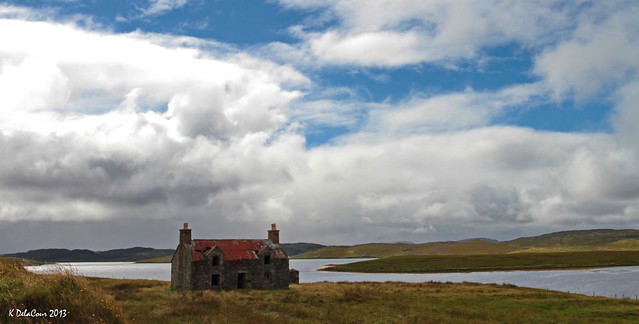 S’iomadh Rud A Chunnaic Mi (Many’s the Thing I Saw) is the latest Slow and Steady tune and is a piece of port a beul (mouth music) that is also a reel. The largely straightforward construction of this tune makes it suitable for getting to grips with the rhythm of the reel.
S’iomadh Rud A Chunnaic Mi (Many’s the Thing I Saw) is the latest Slow and Steady tune and is a piece of port a beul (mouth music) that is also a reel. The largely straightforward construction of this tune makes it suitable for getting to grips with the rhythm of the reel.
I was reminded of this tune through two routes, one through the recent Youtube video of Irish fiddler Kevin Burke and guitarist Mícheál Ó Domhnaill, who sang the port. I believe they recorded this on Portland and the Breton Gavotte that we recently covered also appeared on that album. I also found this tune in Davy Garrett’s gem of a book, An Fhideag Airgid (A Whistle Tutor for Highland Music) as I was looking at a version of A’ Cur nan Gobhar às a’ Chreig, itself a version of the Shetland reel Oot Be Est da Vong, that the Improvers class covered last week.
There’s a discussion of the tune over on The Session, where Nigel Gatherer describes the tune as a version of Cenneag Mhor, which he has music up for on his highly recommended web site. You can also find a translation of the lyrics in that discussion.
The class resources for this tune are in place. The Burke/ Ó Domhnaill version is below. I mistakenly used this to illustrate the Gavotte recently, but I have now corrected that. A version of it can also be found on The Tannahill Weaver’s Cullen Bay recording.


 The Improvers class resumed this week with a lively piece of music from the Western Isles via Northern Ireland.
The Improvers class resumed this week with a lively piece of music from the Western Isles via Northern Ireland.